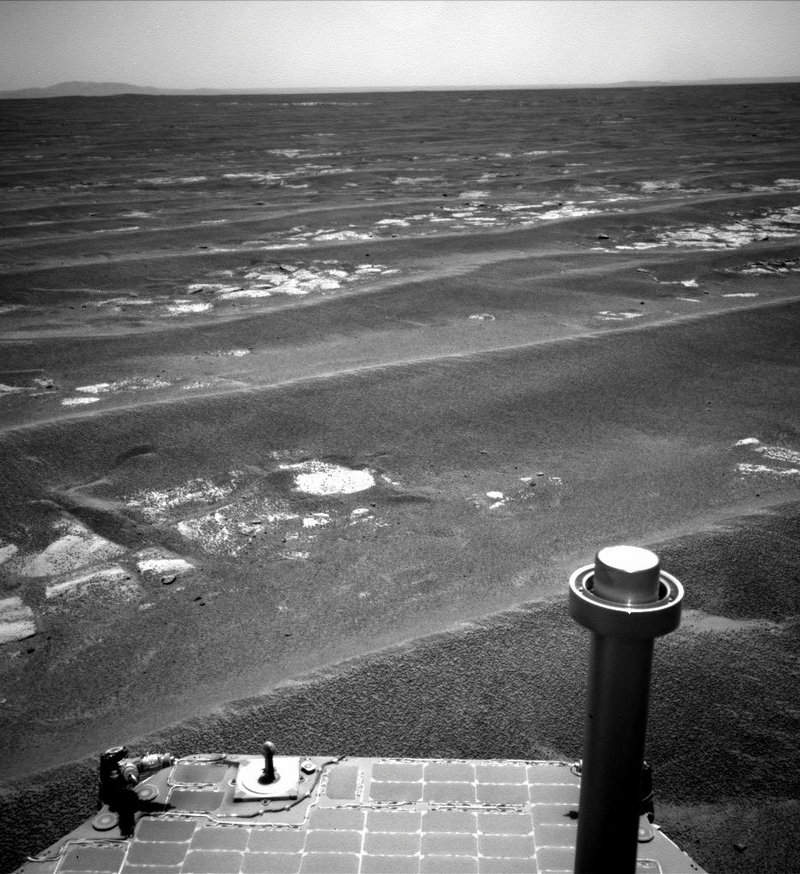ALLENTOWN, Pa.
Energy panel wants firms to reveal ‘fracking’ details
A U.S. Department of Energy panel wants energy companies to reveal all the chemicals they use in a drilling technique that has allowed them to reach huge and previously inaccessible deposits of natural gas and paved the way for tens of thousands of new wells but that critics say could poison water supplies.
The panel, convened by Energy Secretary Steven Chu at the request of President Obama, contends there’s little risk that the chemicals injected thousands of feet underground will ever reach shallow drinking water aquifers. But with increasing public concern about the drilling process, called hydraulic fracturing, or fracking, there’s no reason why companies can’t publicly disclose all the ingredients, the panel said in a report being released today.
“In our judgment, they should disclose the entire suite of chemicals,” except in “very rare” instances in which chemicals are judged to be truly proprietary, said John Deutch, chairman of the Shale Gas Subcommittee of the Secretary of Energy Advisory Board.
ABOARD THE MV DELAWARE
Old Navy destroyer gets new life as artificial reef
A former Navy destroyer now has a new purpose as an artificial reef off the East Coast.
Officials say the 563-foot Arthur W. Radford is the longest vessel ever sunk as an artificial reef in the Atlantic Ocean.
It went down late Wednesday afternoon to a resting spot in the Del-Jersey-Land reef created by the states of Delaware, Maryland and New Jersey. It’s about 26 miles off the Indian River Inlet in Delaware; Ocean City, Md., and Cape May, N.J.
The ship was retired in 2003 after 26 years of use by the Navy.
It joins other manmade items in that part of the Atlantic, including old New York City subway cars. The submerged objects create habitats for sea life and new opportunities for deep-sea anglers and scuba divers.
LOS ANGELES
After three years en route, rover arrives at Mars crater
NASA’s surviving Mars rover Opportunity has reached the rim of a 14-mile-wide crater, where the robot geologist will examine rocks older than any it has seen in its seven years on the surface of the red planet, scientists said Wednesday.
The solar-powered, six-wheel rover arrived at Endeavour crater after driving 13 miles from a smaller crater named Victoria.
The drive, which took nearly three years, culminated Tuesday, when Opportunity signaled it had arrived at the location dubbed Spirit Point in honor of the rover’s twin, which fell silent last year.
“We’re there,” said project manager John Callas of NASA’s Jet Propulsion Laboratory.
Opportunity and Spirit landed on opposite sides of Mars in 2004 and used their instruments to discover geologic evidence that the cold and dusty planet was once wet.
Craters can provide windows into the planet’s past because layers of material from long-ago eras are exposed. Endeavour crater is more than 25 times wider than Victoria.
Callas said the plan is to drive closer to the rim to take pictures of the oldest rocks seen by Opportunity.
LONG BEACH, Wash.
12-year-old risks life trying to save boy taken by riptide
A 12-year-old girl on a boogie board risked her life to try to help a 12-year-old boy who was yanked away by a Pacific riptide and spent about 20 minutes under water.
Shanon Kissel says his daughter, Nicole, spotted Charles “Dale” Ostrander as he was struggling in the water near Long Beach, Wash., on Friday and went out to help.
Kissel says Nicole had Dale on her boogie board at one point until a wave swept him off.
The boy disappeared for about 20 minutes until rescuers found him in the water without a pulse. He was rushed to a nearby hospital and his heart started beating.
Dale was taken to a hospital in Portland, where he was released from intensive care on Wednesday.
FORT WORTH, Texas
Parched communities plan to treat, drink sewer water
In parched West Texas, it’s often easier to drill for oil than to find new sources of water. So after years of diminishing water supplies made even worse by a severe drought, some communities are resorting to a plan that might have seemed absurd a generation ago: turning sewage into drinking water.
Construction recently began on a $13 million water-reclamation plant believed to be the first in Texas. And officials have worked to dispel any fears that people will be drinking their neighbors’ urine, promising the system will yield clean, safe water. Some residents are prepared to put aside any squeamishness if it means having an abundant water supply.
“Any water is good water, as far as I’m concerned,” said Gary Fuqua, city manager in Big Spring, which will join the cities of Midland, Odessa and Stanton in using the water.
Similar plants have been operating for years in Tucson, Ariz., parts of California and in other countries. Water experts predict other American cities will follow suit as they confront growing populations, drought and other issues.
Send questions/comments to the editors.



Success. Please wait for the page to reload. If the page does not reload within 5 seconds, please refresh the page.
Enter your email and password to access comments.
Hi, to comment on stories you must . This profile is in addition to your subscription and website login.
Already have a commenting profile? .
Invalid username/password.
Please check your email to confirm and complete your registration.
Only subscribers are eligible to post comments. Please subscribe or login first for digital access. Here’s why.
Use the form below to reset your password. When you've submitted your account email, we will send an email with a reset code.